The Floc de Gascogne and its history
If you pass through the Gascogne Armagnac vineyard, and visit the southwest , you will not be able to escape the signs on the side of the roads saying “Floc de Gascogne”.
The most pragmatic will say, “it’s a product of the vine”, the most daring will try “it’s an aperitif”, and the most informed will affirm “it’s a truly Gascon aperitif”!
Yes, but then, what exactly is Floc de Gascogne?
The Floc de Gascogne recipe is an old recipe from the 16th century which is passed down from winegrowers to winegrowers .
It is a traditional aperitif which is made on the estate, by the producer.
Its recipe is quite simple in theory, but requires a lot of know-how to combine the aromas and notes of young Armagnac (1/3) and grape juice (2/3).
Each producer has their preference on the grape varieties, on the time of harvest which will give the grape more acidity or sweetness…
Which means that each Floc de Gascogne, even if the recipe remains unchanged for centuries, presents as much diversity of aromas only from producers .

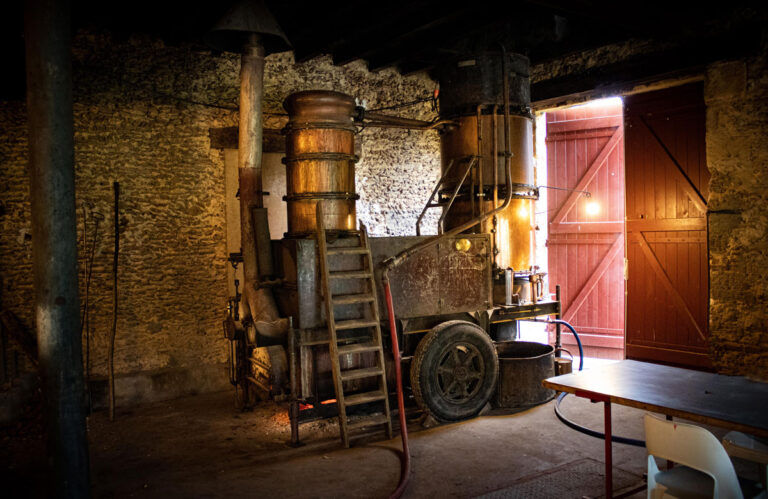
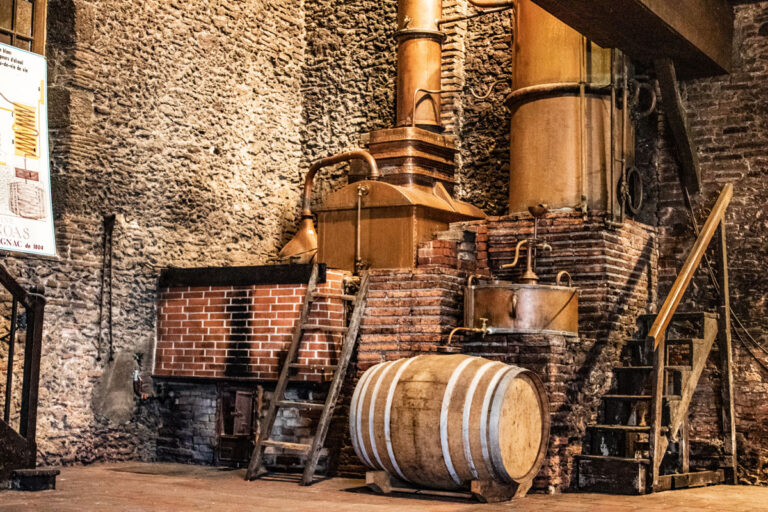
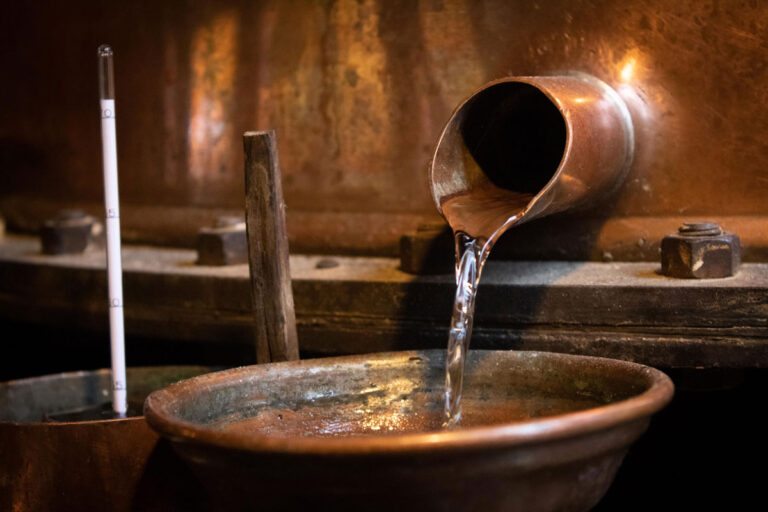

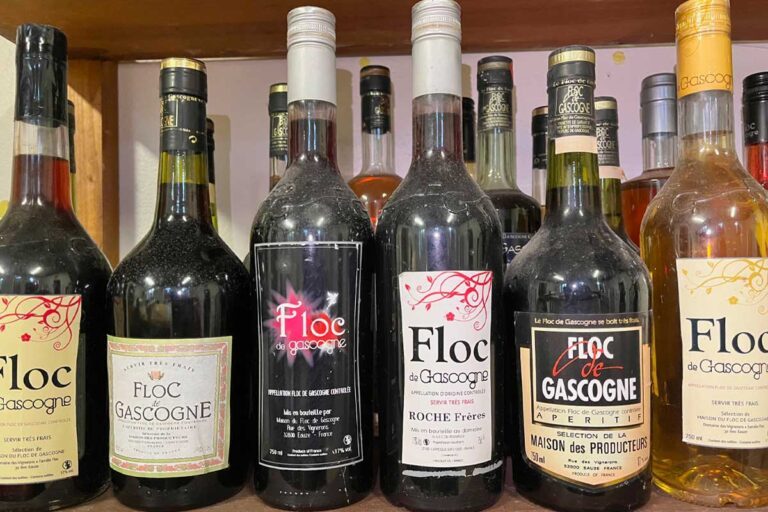

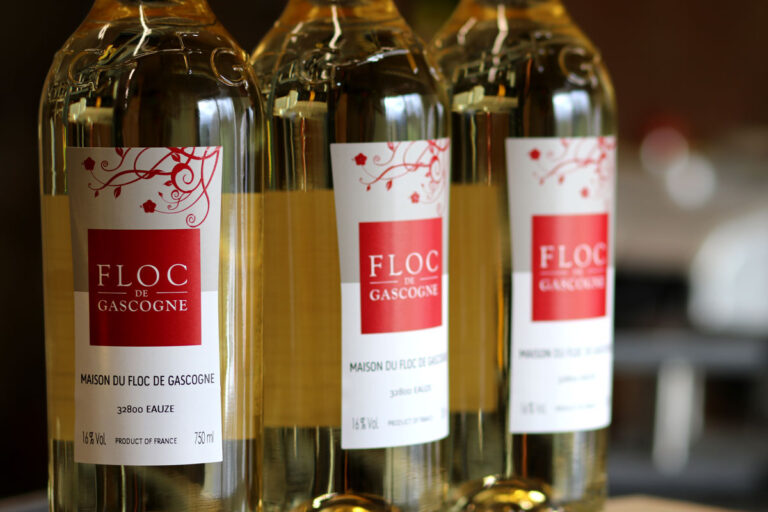

Where does the name Floc de Gascogne come from?
In 1976, a group of producers decided to officially market this family aperitif. The name Floc de Gascogne comes from the local dialect, Lou Floc de Nouste which means “ the bouquet of flowers from home ”, to recall the floral side of the aperitif with notes of roses, violets and plums.
Pink, violet and plum… The ladies of Floc!
Moreover, if you come to the Floc production region, you will perhaps meet the first female brotherhood in France, the “Floc ladies academy” which wears in its buttonhole a small bouquet of flowers made up of roses, violets and plum blossoms.
Quality appellations for Floc de Gascogne
The marketing of Floc de Gascogne was a success and the product developed very quickly. Producers, keen to protect the quality and tradition of their product, have taken steps to obtain recognition and protection from France and Europe.
The Gascon aperitif has two quality recognitions.
The Floc de Gascogne aperitif has been an AOC since 1990, an Appellation d’Origine Contrôlée . French recognition and protection.
It has also been a PDO since 2009, a Protected Designation of Origin . This designation is a variation of the AOP at the community (European) level.
These two names determine a production area where transformation and production also take place.
They also carry out batch checks and verify that the product meets strict specifications , defining the rules of cultivation (limited yield, etc.), production (grape varieties, etc.) and assembly.

If Floc de Gascogne varies in its aromas depending on the producer, it will always have a common basis of quality.



